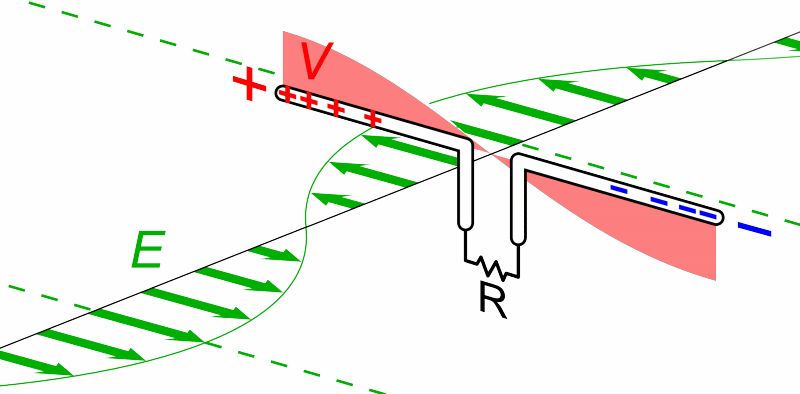Cbphreaker, there is a big difference in what you and Captain Kilowatt are saying. You are saying that an SWR reading on a 1/4 wavelength of coax will be different than it is taken at the antenna unless the antenna is at a perfect match. Captain Kilowatt is saying that in that situation, as well as all others, the SWR will be the same irregardless of the match and length of coax. You are saying SWR changes with the coax's transformation of impedance, he is saying that even though the coax transforms the impedance, SWR stays the same.
To say you guys said the same things is simply not true.
For the record, the test you mention I have actually done, although it was more an extension of another test. SWR did not change with coax length when using a VNA to measure various lengths of coax into any number of custom dummy loads. These dummy loads ranged from a so called "perfect match" to 5:1. The only exception to this is if you have enough coax and said coax is lossy enough, the match will seem to get closer to a good match with coax length, i.e. SWR will gradually seem to get better the longer the coax is. This is not caused by a change in impedance, but by losses, and is not anything like what you are saying.
This happens weather or not there is a perfect match at the far end, or weather or not you have a specific length of coax. It is so reliable in fact that when tuning an antenna I will put a 3 foot jumper on to make sure SWR stayes the same, and if it doesn't I know there is a problem that must be dealt with. Every antenna, when I am done with it, has a consistent SWR no matter the length of coax, unless there is very long length as I mentioned above.
The DB
To say you guys said the same things is simply not true.
For the record, the test you mention I have actually done, although it was more an extension of another test. SWR did not change with coax length when using a VNA to measure various lengths of coax into any number of custom dummy loads. These dummy loads ranged from a so called "perfect match" to 5:1. The only exception to this is if you have enough coax and said coax is lossy enough, the match will seem to get closer to a good match with coax length, i.e. SWR will gradually seem to get better the longer the coax is. This is not caused by a change in impedance, but by losses, and is not anything like what you are saying.
This happens weather or not there is a perfect match at the far end, or weather or not you have a specific length of coax. It is so reliable in fact that when tuning an antenna I will put a 3 foot jumper on to make sure SWR stayes the same, and if it doesn't I know there is a problem that must be dealt with. Every antenna, when I am done with it, has a consistent SWR no matter the length of coax, unless there is very long length as I mentioned above.
The DB

